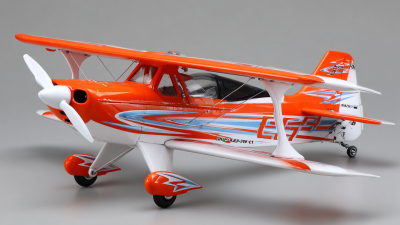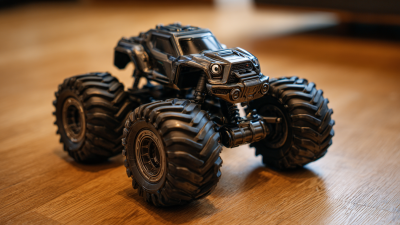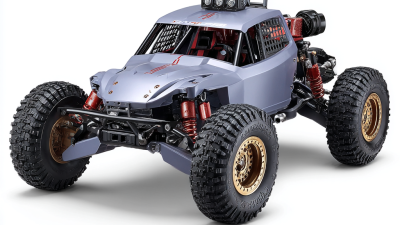In the world of hobbies, few pursuits offer the same thrill and satisfaction as building and flying RC model airplane kits. These kits provide a unique blend of creativity, engineering, and hands-on experience that appeals to both beginners and seasoned enthusiasts alike. Whether you are looking to cultivate a new skill, participate in competitions, or simply enjoy the tranquility of flight, RC model airplane kits unlock a myriad of benefits. From developing problem-solving and critical thinking skills to enhancing precision and patience, the process of assembling and flying these models is both rewarding and educational. In this blog, we will explore the myriad advantages that come with embracing RC model airplane kits, along with valuable tips to help you maximize your experience in this exciting hobby.
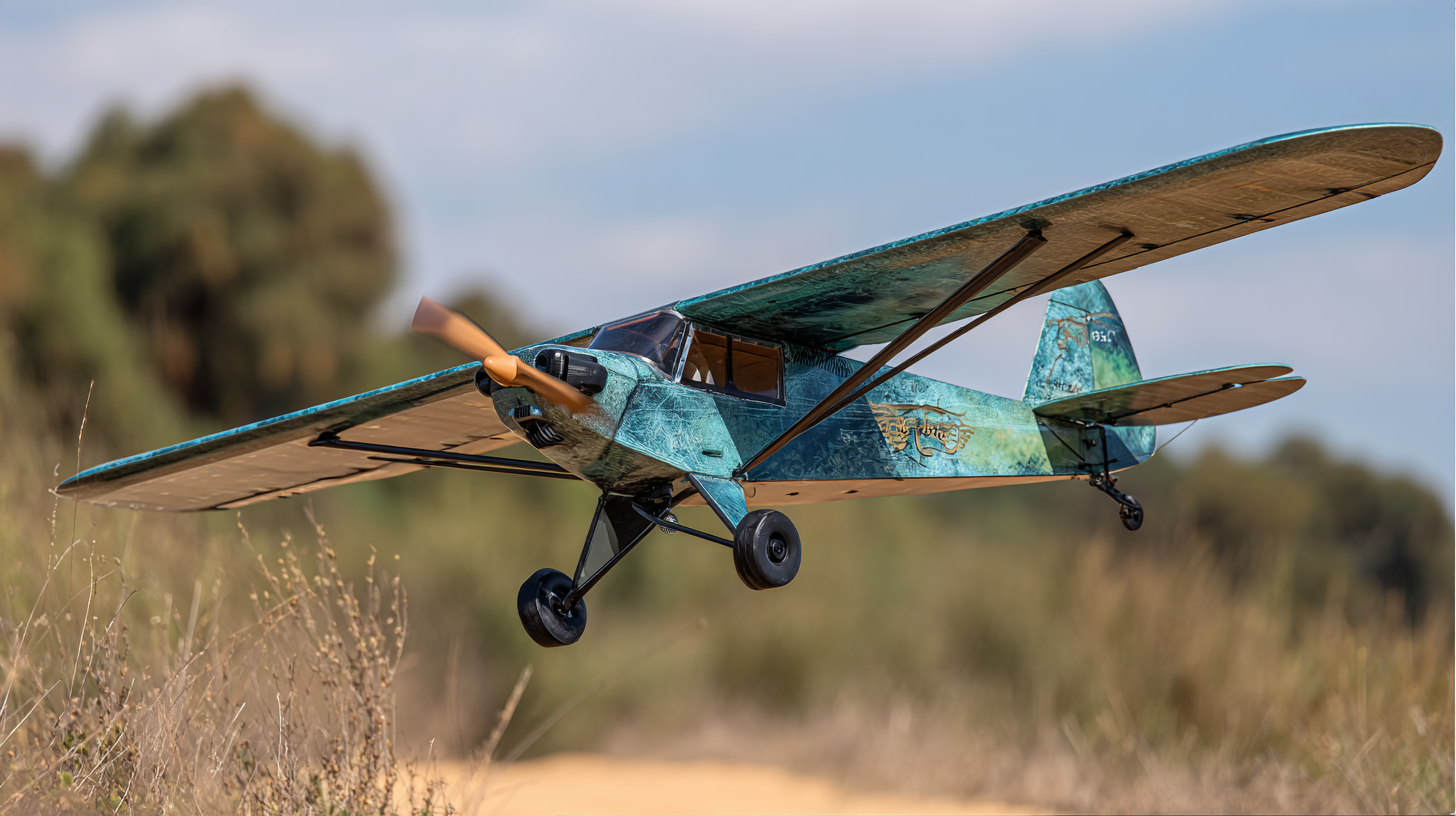
The fascination with RC model airplane kits continues to captivate hobbyists and enthusiasts alike. According to a recent industry report by the Consumer Technology Association (CTA), the global remote-controlled toys market is projected to reach over $5 billion by 2025. This boom highlights the growing interest in hobbies that combine technology and craftsmanship, allowing enthusiasts to not only build their own aircraft but also gain practical skills in aerodynamics and electronics.
One of the core appeals of RC model airplane kits lies in the empowerment they offer. Building a model from scratch fosters creativity and problem-solving skills, with a significant survey by the Academy of Model Aeronautics revealing that over 80% of hobbyists find construction to be as enjoyable as flying. Moreover, with advancements in technology, available kits today include features such as ready-to-fly options and customizable parts, catering to varying levels of experience. This flexibility enhances the allure of the hobby, drawing in newcomers while keeping seasoned enthusiasts engaged and challenged.
Assembling an RC model airplane can be a rewarding experience for both hobbyists and enthusiasts. The process involves several essential components and tools that not only facilitate construction but also enhance the performance of your aircraft. Key components include the airframe, motor, servos, and transmitter, each playing a significant role in the airplane's functionality. Selecting high-quality parts is crucial to ensure that your model can withstand flight dynamics and perform well in the air.
**Tips: When starting, create a dedicated workspace that allows for easy access to tools and materials. This organization will help you maintain focus and efficiency during the assembly process. Additionally, familiarize yourself with the specific requirements of your chosen kit to avoid unexpected challenges.**
Tools are equally important in the building process; having the right tools can significantly simplify assembly and maintenance. Invest in a good set of precision tools, like hobby knives and screwdrivers, as well as resources like glue and soldering equipment.
**Tips: Before you begin, watch tutorial videos related to your specific model to gain insights into common pitfalls and best practices. Connecting with local hobbyist groups can also provide valuable tips and support as you embark on your building journey.**
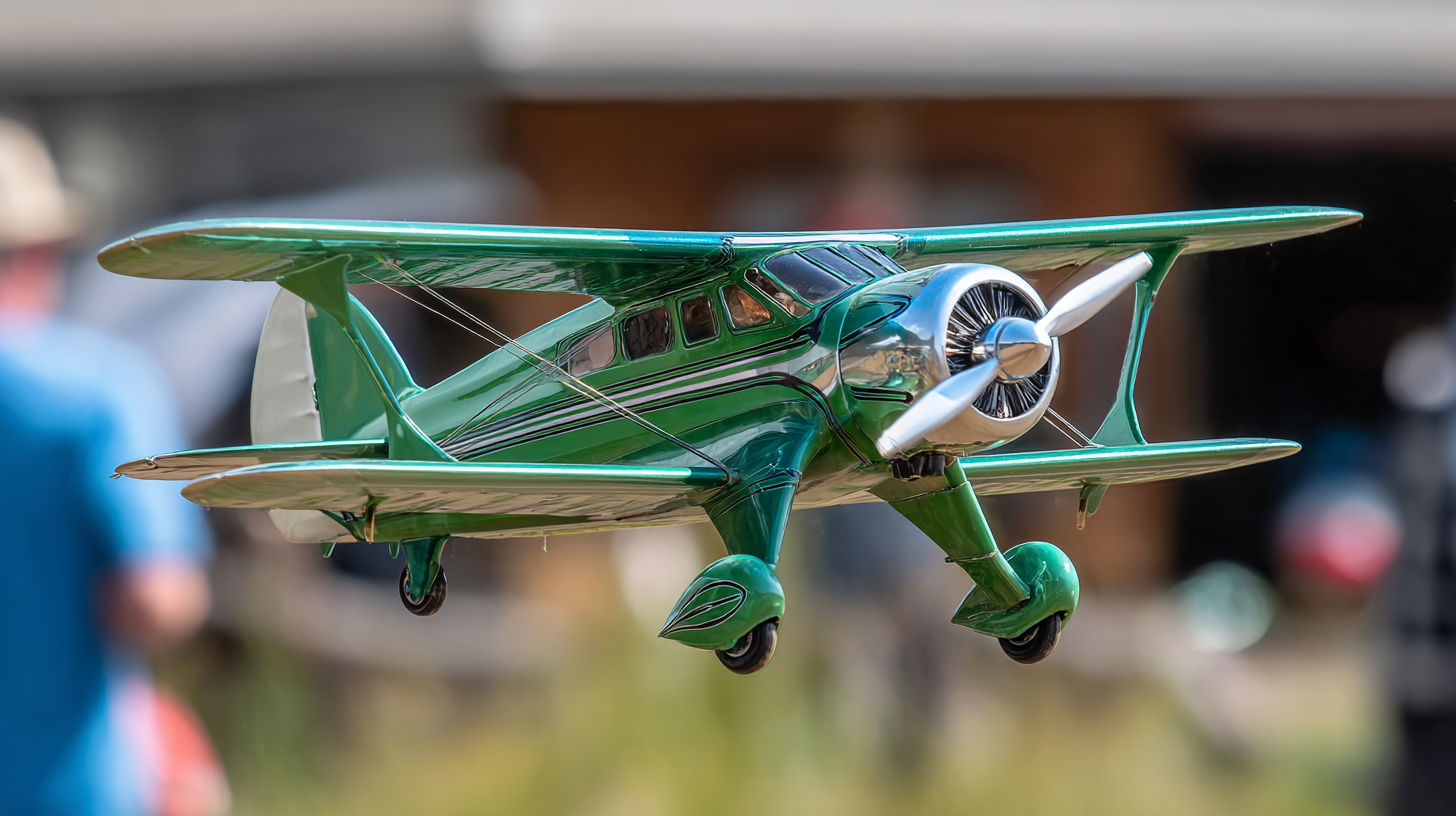
Building your first RC model airplane kit can be an exciting venture for hobbyists and enthusiasts alike. According to a report by the Specialty Toy Retailers Association, the RC hobby market has seen a growth rate of over 9% annually, indicating a robust interest in model building. This engaging activity not only hones craftsmanship skills but also enhances understanding of aerodynamics and flight mechanics. Each kit typically includes all necessary components, a detailed instruction manual, and often a community forum for support, making the process accessible for beginners.
To begin, choose a kit that suits your skill level—many manufacturers offer beginner-friendly options. Clear instructions and pre-cut materials simplify assembly. Additionally, many enthusiasts recommend utilizing online video tutorials to complement the manual. As you progress, pay attention to details such as balance and weight distribution, as these are crucial for ensuring optimal flight performance. According to a survey by the American Model Association, 75% of hobbyists reported that building their models increased their patience and problem-solving skills, proving that the learning curve in building RC airplanes is both rewarding and beneficial.
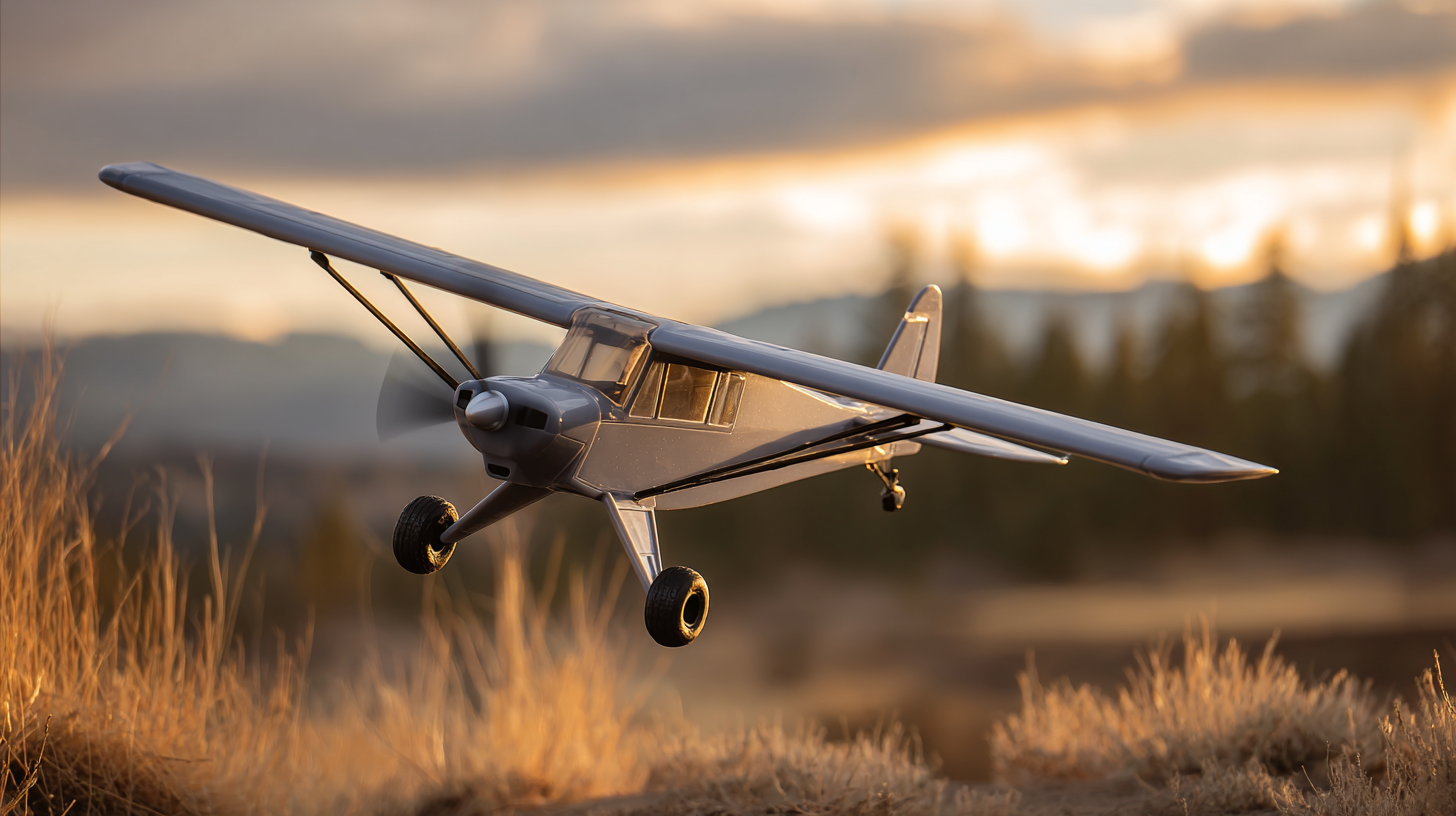
Remote control (RC) model airplanes have gained immense popularity among hobbyists, catering to a wide range of skill levels from beginners to seasoned experts. According to the Academy of Model Aeronautics, the number of active RC hobbyists has surged by over 15% in the past five years, highlighting the growing interest in this versatile pastime. For beginners, RC kits provide an excellent introduction to the fundamentals of aerodynamics, electronics, and engineering. Many manufacturers offer beginner-friendly kits that come pre-assembled or include easy-to-follow instructions, making the learning curve less daunting for newcomers.
As enthusiasts progress in their skills, they can explore more advanced RC model airplanes that feature intricate designs and enhanced capabilities. Data from the Model Aeronautics Association indicates that nearly 50% of intermediate hobbyists experiment with customizing their aircraft, which not only deepens their understanding of the mechanics involved but also offers a creative outlet. The transition from basic to advanced models allows enthusiasts to refine their piloting skills, experiment with different flight styles, and participate in competitive flying events, fostering a strong sense of community within the RC aviation world.
When it comes to enhancing your RC model airplane experience, the importance of practicing various flying techniques cannot be overstated. According to a report from the Academy of Model Aeronautics, 54% of hobbyists believe that consistent practice significantly improves their flying skills. Engaging in different maneuvers, such as loops and rolls, can deepen your understanding of aerodynamics and control, transforming an enjoyable pastime into a thrilling skill-based pursuit. Furthermore, joining local clubs or online forums can provide valuable feedback and tips from experienced flyers, which can accelerate your learning curve.
Another critical aspect of maximizing your RC model airplane experience is the customization of your kits. A recent survey conducted by the International RC Flying Association revealed that 67% of enthusiasts derive greater satisfaction from building and modifying their aircraft. Personalizing your model not only enhances its performance but also adds a unique touch that reflects your personality and ingenuity. Experimenting with different materials, weights, and balance adjustments can lead to exciting discoveries and improvements, allowing you to unlock the full potential of your aircraft and enjoy a more nuanced piloting experience.
| Feature | Description | Benefits |
|---|---|---|
| Learning Experience | Building RC model airplanes enhances skills like problem-solving and critical thinking. | Improves mental agility and provides satisfaction upon completion. |
| Community Engagement | Joining clubs and online forums connects you with fellow enthusiasts. | Fosters friendships and shared learning experiences. |
| Customization | Kits allow for personalization in design and performance modifications. | Encourages creativity and individual expression. |
| Skill Development | The process of assembling and flying kits boosts technical skills. | Builds a strong foundation for advanced model building and flying. |
| Stress Relief | Engaging in hobbies provides a break from daily stressors. | Promotes relaxation and mental well-being. |
| Technology Appreciation | Understanding the mechanics of flight enhances appreciation for technology. | Encourages interest in STEM (Science, Technology, Engineering, Mathematics). |
